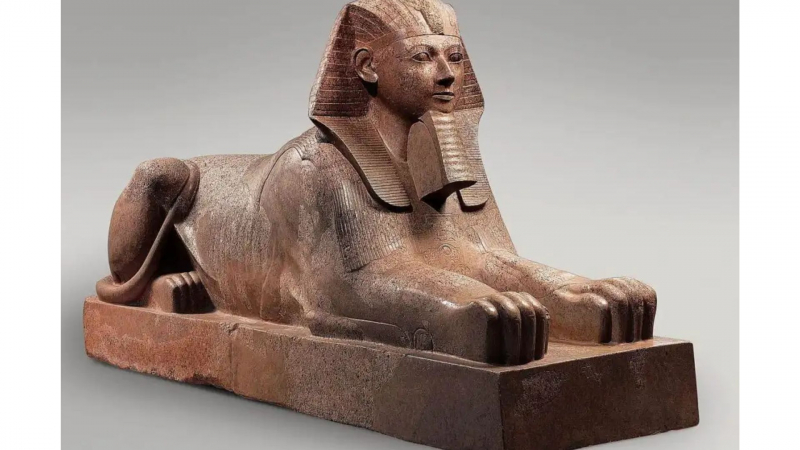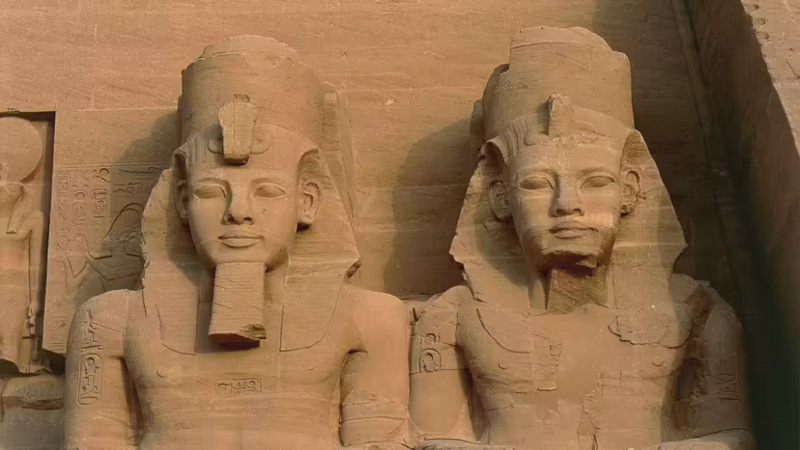Barbers
The new beauty obsession that emerged as the civilization advanced benefited people other than just Egyptian women, and technologies other than cosmetics were also produced in Egypt. Records from as far back as 5000 BC show that there were individuals employed to trim and maintain the hair and beard using pointed flints and shells, making ancient Egypt another location where the earliest barbers were discovered. Trends, as today, were subject to change: it was trendy to be clean-shaved at times, while long hair and beards were popular at others.
To that aim, the Egyptians may have devised the earliest shaving instruments, a set of sharp stone blades set in wooden handles, which were eventually replaced by copper-bladed razors. They also created the profession of barbering. Even when barbering became a profession, men still revered barbers as skilled craftsmen. Some of the early barbering was done by priests or doctors because it served a ritualistic or medicinal purpose. While the common people had to go to one of the city's street barbers to receive a haircut, a tradition that is still practiced in many cultures today, the Egyptian elite frequently had their own live-in barber to cater to their grooming needs, much like a butler, or at least had one make home calls!
Perhaps the first ancient people to give their hair much attention were the Egyptians, or perhaps not. In any case, they disapproved of hair because it was unclean and because long hair and beards were uncomfortable in the oppressive heat of their own area. As a result, they frequently shaved their faces and heads or chopped their hair short. Every three days, priests shaved their complete bodies because they were reportedly particularly repulsed by hirsuteness. Being shaven was trendy for much of their history while being chubby evolved into a sign of low social standing.
Interestingly, they continued to be fascinated with facial hair, or at least the illusion of having it. Even more bizarrely, Egyptian queens and monarchs occasionally wore wigs and artificial beards that were made from sheared hair and sheep's wool. The false beards came in a variety of styles to reflect the wearer's dignity and social standing. King's fake whiskers were worn to extravagant lengths and were squared off at the end, whereas commoners wore little fake beards that were around 2 inches (5 centimeters) long. The long, luscious beards of the Egyptian gods were twisted up at the tip.

















